Introduction
Guava, a tropical and subtropical fruit native to Central and South America, has become a beloved delicacy worldwide due to its unique flavor, nutritional benefits, and versatility in culinary uses. With its sweet-and-tart taste, juicy flesh, and seed-filled core, guava offers a delightful eating experience that can be enjoyed in various ways. Whether you’re new to the world of guava or a seasoned enthusiast, this guide will provide you with comprehensive insights on how to eat guava fruit, from selecting the perfect piece to incorporating it into your favorite dishes.
Understanding the Types of Guava
Before diving into the delights of guava, it’s essential to understand the different types available. The most common varieties include:
- Common Guava (Psidium guajava): This is the type most people are familiar with, featuring green to yellow skin and a sweet-tart flavor.
- Pineapple Guava (Acca sellowiana): Known for its pineapple-like aroma and sweeter taste, its skin can range from green to red.
- Strawberry Guava (Psidium littorale): Smaller in size with a bright red skin and a flavor reminiscent of strawberries.
- Sour Guava: As the name suggests, this variety is more tart, often used for cooking or making preserves.
Each type has its unique characteristics, so choosing the right guava for your taste preference is crucial.
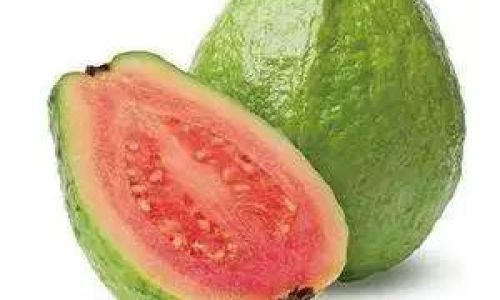
Selecting the Perfect Guava
When shopping for guava, look for firm, ripe fruits without soft spots or wrinkles. The skin should be smooth and evenly colored, indicating that the fruit is ripe and ready to eat. For common guava, a slight yellow hue often signifies peak ripeness. Pineapple guava, on the other hand, may have a mix of green and red hues, with redder fruits being sweeter.
Avoid guavas that are overly soft or have moldy spots, as these are signs of spoilage. If you’re buying guava at a farmers’ market or from a local producer, asking about the variety and ripeness can provide additional insights.
Preparing Guava for Consumption

Preparing guava for eating is relatively straightforward but does vary slightly depending on the type and your intended use.
- Washing: Always wash guava under running water to remove dirt and pesticides. Use a vegetable brush if necessary to gently scrub the skin.
- Peeling: While some people enjoy eating guava skin, which is edible and nutritious, others prefer to peel it off. Use a sharp knife to slice off the skin, taking care not to cut into the flesh too deeply.
- Seeding: Guava contains numerous small seeds embedded in its flesh. These seeds are edible and packed with nutrients, but if you prefer a smoother texture, you can remove them by cutting the fruit into halves and scooping out the seeds with a spoon.
Eating Guava Fresh
One of the simplest and most enjoyable ways to consume guava is fresh, out of hand. Slice the fruit into wedges or bite-sized pieces and enjoy its juicy, tangy-sweet flavor. You can also chop guava into smaller pieces and add it to fruit salads or yogurt for an extra layer of taste and texture.
Incorporating Guava into Beverages
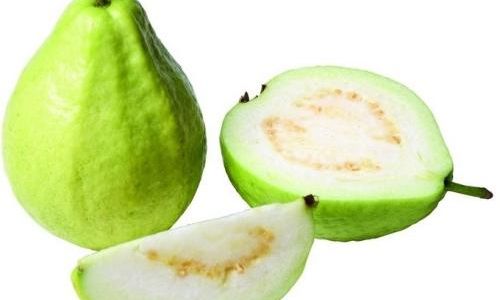
Guava’s natural sweetness and juiciness make it an excellent addition to various beverages.
- Guava Juice: Blend ripe guava fruits with a bit of water or ice to create a refreshing, nutritious juice. Strain it if you prefer a smoother texture.
- Smoothies: Incorporate guava into your favorite smoothie recipes for a burst of tropical flavor. Pair it with bananas, mangoes, or berries for a delightful blend.
- Cocktails: Guava juice can be used as a base for cocktails, adding a unique twist to classic drinks like margaritas or daiquiris.
Cooking with Guava
Guava’s versatility extends beyond fresh consumption; it’s also a fantastic ingredient in cooking.
- Jams and Jellies: Cook guava with sugar and lemon juice to make delicious jams and jellies. These preserves capture the fruit’s essence and can be enjoyed year-round.
- Baking: Add guava puree to cakes, muffins, or cookies for a moist, fruity texture and flavor. Guava cheesecake is a particularly popular dessert that combines the creaminess of cheese with the tangy sweetness of guava.
- Savory Dishes: While less common, guava can also be used in savory dishes. Its acidity pairs well with meats like pork or chicken, making it a great addition to marinades or sauces.
Preserving Guava
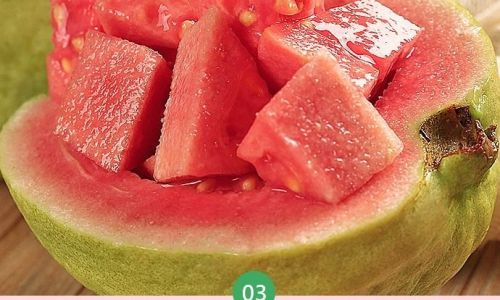
To enjoy guava throughout the year, consider preserving it in various forms.
- Drying: Slice guava thinly and dry it in a food dehydrator or oven at a low temperature. Dried guava slices are a healthy snack that retains the fruit’s natural sweetness.
- Freezing: Freeze guava whole or in chunks for later use in smoothies, baking, or as a frozen treat.
- Pickling: Pickling guava in a vinegar-based brine can preserve its flavor and texture while adding a tangy twist to the fruit.
Conclusion
Guava is a treasure trove of flavor and nutrition, offering a delightful eating experience that can be enjoyed in countless ways. From fresh consumption to cooking and preserving, guava’s versatility makes it a versatile fruit that can enhance your culinary repertoire. By understanding the different types of guava, selecting ripe fruits, and experimenting with various preparation methods, you can unlock the full potential of this tropical delight. So, the next time you come across a guava, don’t hesitate to dive in and explore its many wonders. Whether you’re enjoying it fresh, in a beverage, or as part of a cooked dish, guava is sure to delight your taste buds and nourish your body. Happy eating!

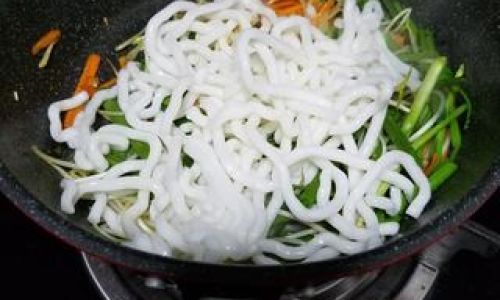

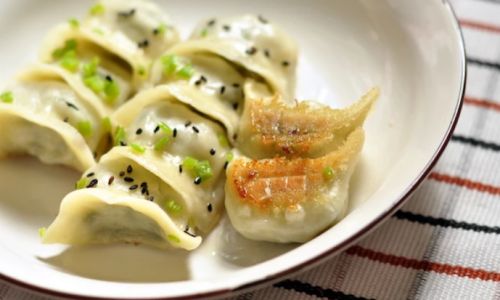
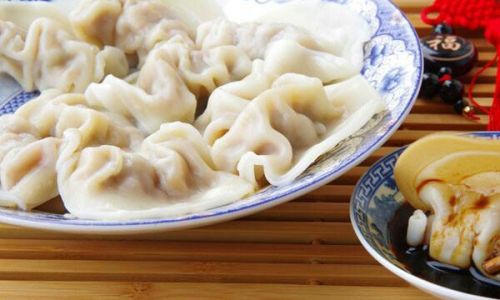
0 comments